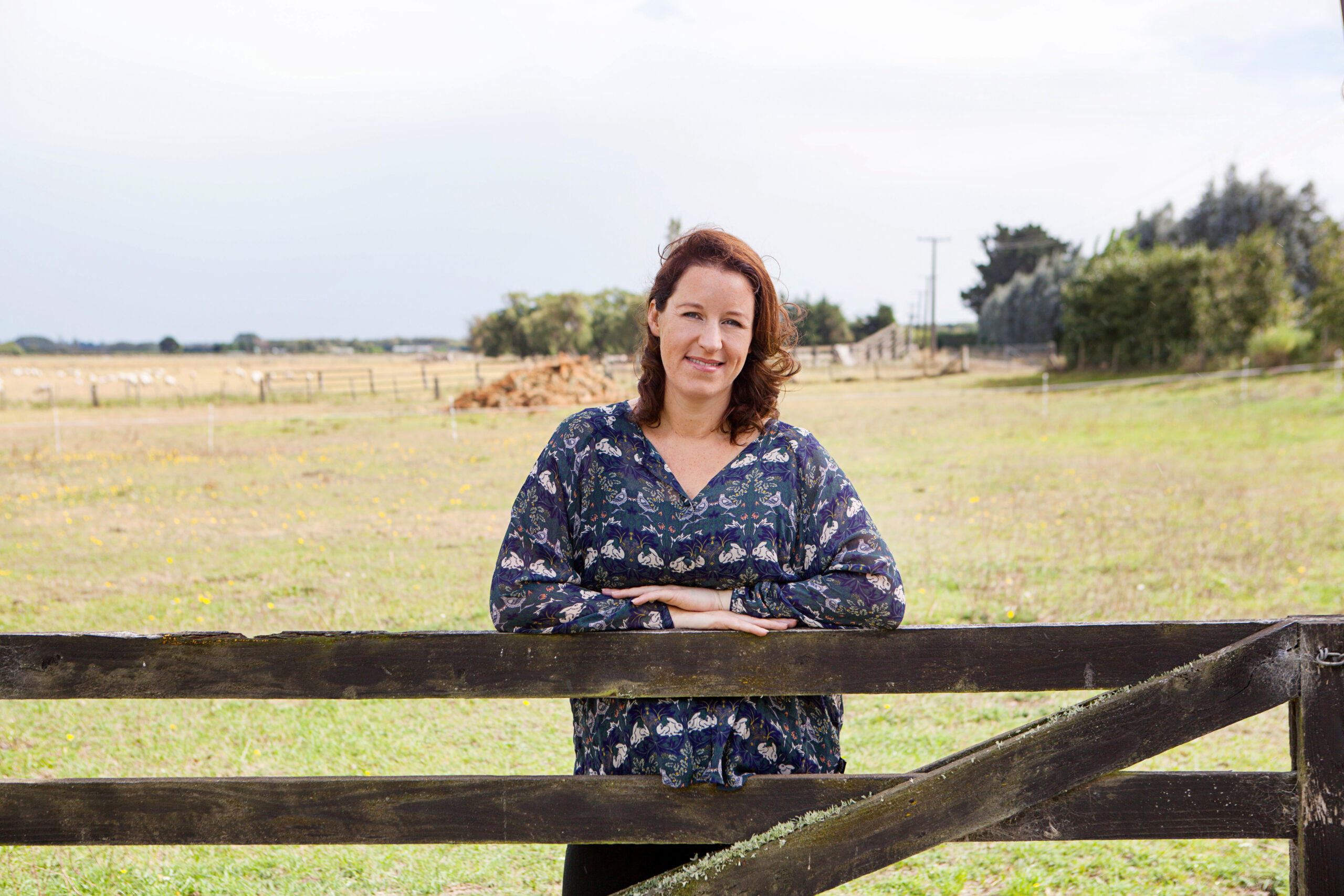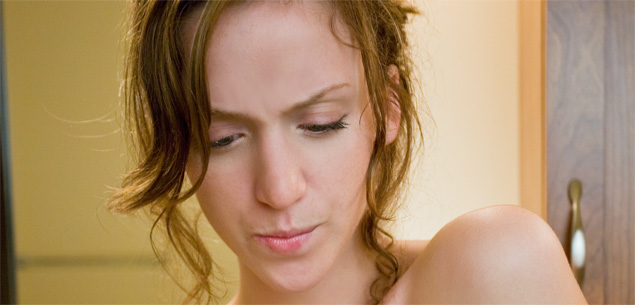Angela Byrne (34) is married with three children and works as an HR advisor. She has Hashimoto’s thyroiditis, an autoimmune disease in which the immune system attacks the body’s own tissues. She also has endometriosis and polycystic ovary syndrome (PCOS), where multiple cysts develop in the ovaries.
I have a number of invisible diseases and it’s hard to know where one finishes and the other starts. I’ve had endometriosis since I was 14 – although I didn’t know it then – Hashimoto’s for 20 years and PCOS as well. I feel like there must be some kind of immune system malfunction that links them all together but no one has been able to work that out so far.
Isolating experience
What all these conditions have in common is that you can’t see them, aside from a time when the thyroid goitre on my neck became so swollen I couldn’t even reverse the car as the lump got in the way when I was twisting my head. And because people don’t understand these kinds of illnesses, I don’t talk about them, so it can be quite isolating too. I find I don’t commit to much socialising because I’m sick of being unreliable. This just removes me further from society.
Life-changing surgery
I’ve had two major surgeries that have helped. I had a hysterectomy 18 months ago and until I found a doctor in Scotland – yes, Scotland! – who would prescribe low dose naltrexone (a drug usually used for drug and alcohol dependence but which also helps with chronic pain from autoimmune issues) pain ruled a lot of my life. The next main symptom was extreme fatigue. My body felt like it had been pumped full of concrete every day. I would get migraines which lasted for days, plus other smaller symptoms like weepiness, acne, constipation, dry skin and straw-like hair. So, in February, I had surgery to completely remove my thyroid. I have started on Whole Thyroid [a type of medication] and my life has turned around drastically. I lost 8kg, my fatigue lifted and I feel like I’m getting back to normal.
Different kind of mum
One of the hardest things for me was not being able to live the life I had always envisioned. I had always thought I’d be a fun mum with lots of energy, but some weekends it was almost impossible to get out of bed. My husband Hamish is great and has always been totally supportive but I lived with the silent fear he might decide it’s too much one day and just leave. I was often short-fused with my kids because I was so tired and then I would feel incredibly guilty because it wasn’t their fault.
Medical confusion
It was really frustrating how the medical profession was so baffled by these illnesses – doctors just kept trying to prescribe me antidepressants. I have a degree in psychology and work in HR, so I know a bit about depression. Whenever I would do the test, they would come out negative. At one point I got so sick of the badgering that I tried anti-depressants, just to see – 11 months later nothing had changed, so I gave up.
Looking for alternatives
Sometimes I felt I wasn’t being listened to. Because I’m a mum of a three, four and five-year-old, doctors assumed I was tired because of that, not because of the Hashimoto’s, endometriosis or PCOS. I think the system is set up to save people from life-threatening illnesses rather than to ensure people are living optimally. I was not in a life-and-death situation, but I was definitely not living an easy or happy life. So I went down the integrative medicine road. My practitioner has said my cortisol levels are pretty low and that won’t be helping. Doctors are given parameters to diagnose people as healthy or not, but I think there’s a lot more to it than that. Every person’s system is different and just because a certain level of vitamin D, cortisol, progesterone or iron is fine for one, it doesn’t mean it’s right for another.
Individual approach
What I’ve learned from all this, is that if you have a condition that doesn’t fit squarely into easily treatable boxes, you need to research and keep going until you find a solution. We should all be striving for optimal health and it’s not acceptable to be living in misery. We need to keep talking about what’s going wrong so we raise awareness of these invisible diseases.


